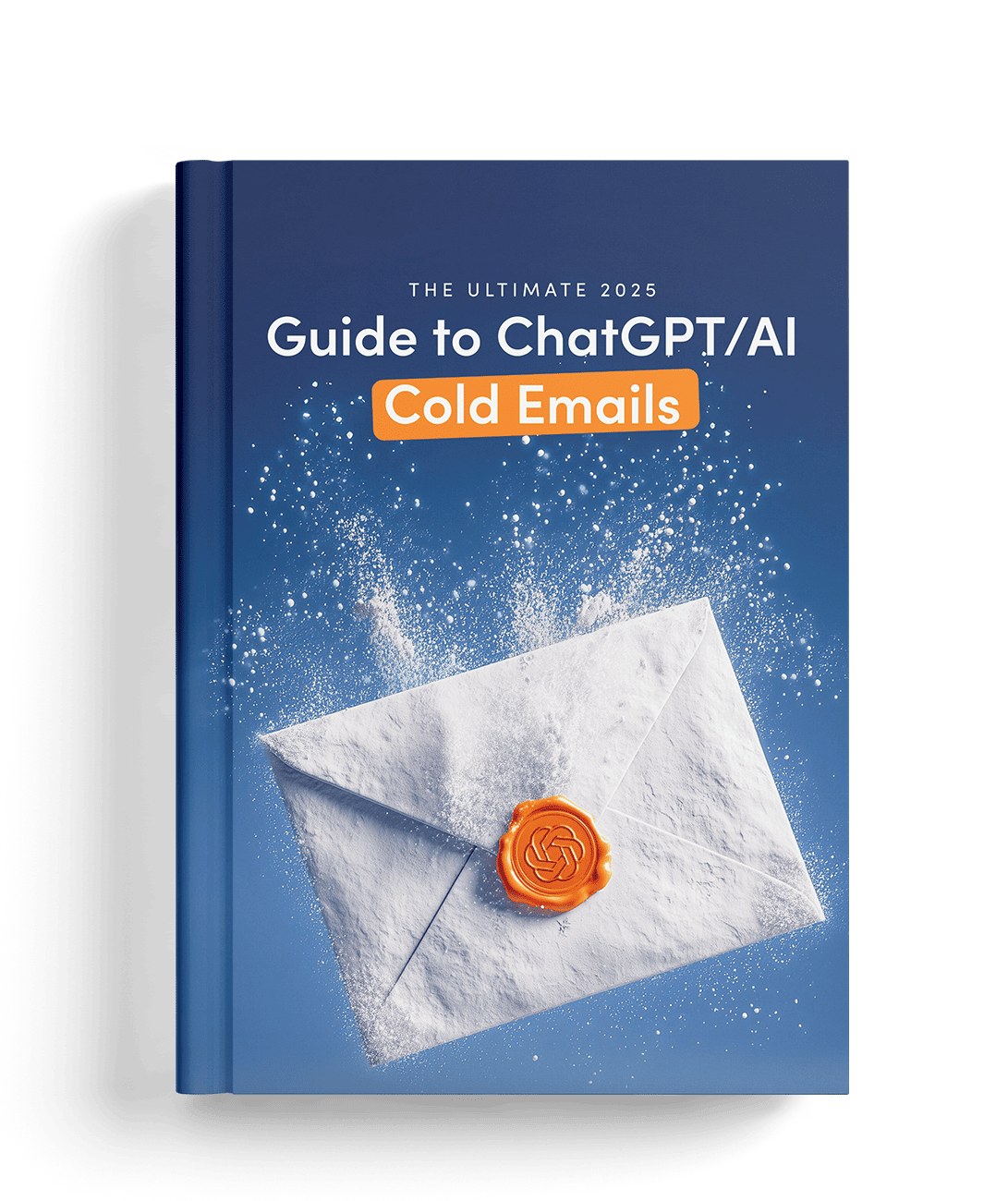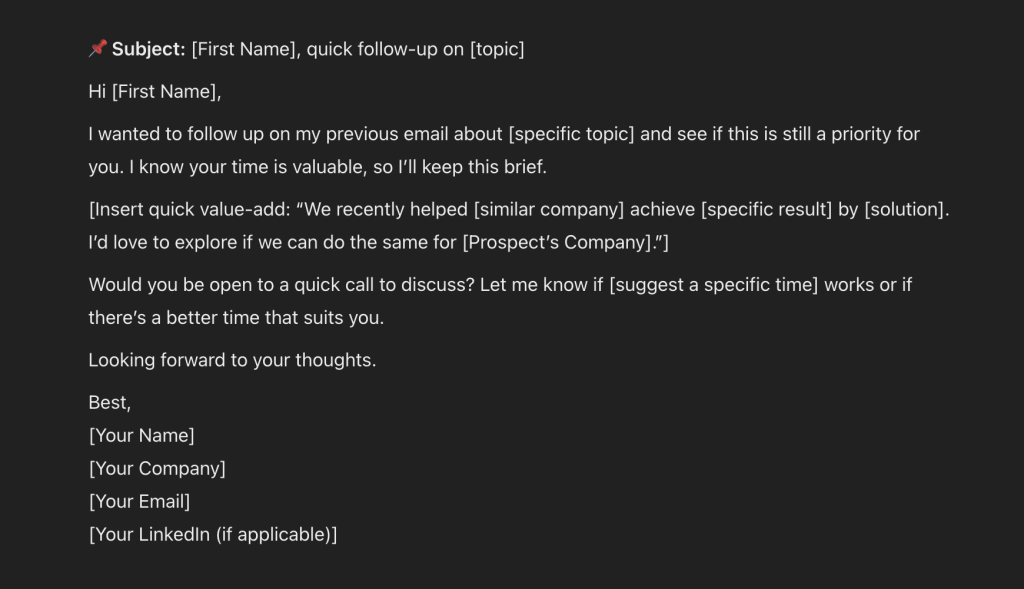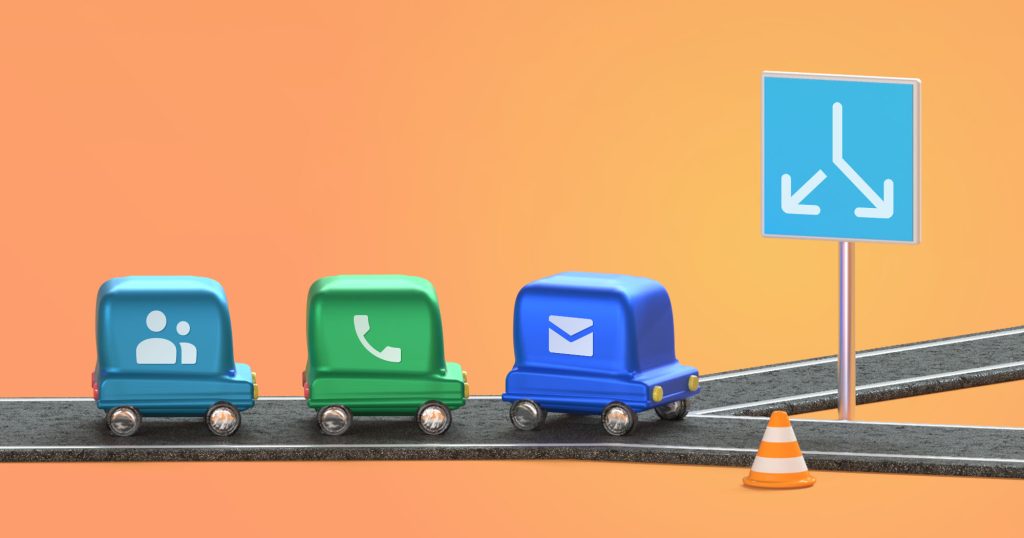Times change, customers change, and technology changes, but the one thing that remains constant in business is the importance of emails as the primary communication tool across all industries.
Sales, marketing, BD, customer support, and HR teams all rely on email communication with potential customers, partners, and talents. They’re the number one channel for initial engagement, nurturing, and maintaining relationships in the long run.
However, always getting replies from the first email seems like something from the realms of fantasy. Given the sheer number of emails each professional receives in their inbox daily, it makes sense that some emails may get forgotten during our busy days.
This is where follow-ups come into play. The only issue is that most follow-ups are generic, poorly timed, and fail to re-spark a potential response from the receiver. Oh, and let’s not forget about the challenges of crafting (and remembering) hundreds of follow-ups.
Luckily, AI-powered automation has completely changed the way we engage and follow up with our prospects. AI has the power to fully automate follow-ups, personalize them with relevant data points, optimize their timing, and improve their overall effectiveness, all with little to no supervision from us humans.
Why use an AI tool for follow-ups?
The dos and don’ts of effective follow-ups have been around for quite some time. AI outreach tools are fantastic at ensuring all best practices are followed with each and every follow-up and remove any possibility of human error.
It seems obvious that AI tech is a game-changer for email outreach, but let’s take a closer look at the key reasons why businesses should leverage AI for follow-ups in particular:
- Automation for efficiency → manually crafting follow-up emails for dozens or hundreds of prospects is time-consuming to say the least, whereas AI automates the entire process based on predefined outreach sequences, generating effective follow-ups and ensuring that no opportunity ever gets missed.
- Data-driven personalization → generic follow-ups rarely spark a response, and AI tools are great at analyzing customer data, previous interactions, and online behavior to personalize each and every follow-up that gets sent out.
AI dynamically pulls relevant data from CRMs, social media profiles, previous interactions, and any other sources integrated into its workflow to craft highly personal and meaningful follow-ups.
- Optimized timing with intent signals → in any kind of outreach, timing is key, and AI tools ensure to send out each follow-up at the most appropriate time by analyzing user engagement and historical data.
With follow-ups, pulling the trigger too soon will make you seem pushy, whereas taking too long may result in a lost opportunity. AI brilliantly determines the most optimal time for sending out each follow-up taking into account each prospect’s unique case.
- Concise & clear copy→ follow-ups have to be short, clear, and to the point while maintaining a professional and conversational tone. AI outreach tools have analyzed millions of emails to determine the most effective ways to structure follow-ups, always sounding humanized, professional, and non-pushy, which is equally critical.
Moreover, AI is known for generating copy that is 100% grammatically correct at all times, but modern outreach tools take it a step further and also ensure that the context of each follow-up is sharp and on point.
- A/B tests → the best way to determine the most effective email strategy is by running multiple test messages to see which spark better engagement, and the same applies to follow-ups.
AI outreach tools have already analyzed millions of emails to determine what works best in theory, but they also continuously A/B test subject lines, email formats, send times, and follow-up copies to refine strategies in real time.
- Value + CTA → much like with the initial email, the absolute priority of your follow-up should be to offer some sort of value, rather than merely nudge them to re-read the first message, even if it’s a simple ‘just checking in’ follow-up.
At the same time, ambiguity can seriously harm a follow-up, so try to always include a clear call-to-action when appropriate. AI outreach tools clearly understand these unwritten rules and always find ways to include tailored CTAs in each follow-up to keep the conversation flowing.
- Multichannel outreach → the top AI outreach tools like Reply.io leverage multichannel outreach to increase engagement rates, which means users can supplement their follow-ups with automated LinkedIn messages, SMS, and even voice calls.
For instance, an email follow-up that’s accompanied by a LinkedIn connection request along with a short greeting will spark better engagement, and AI tools know exactly the right multichannel formula for each type of prospect.










